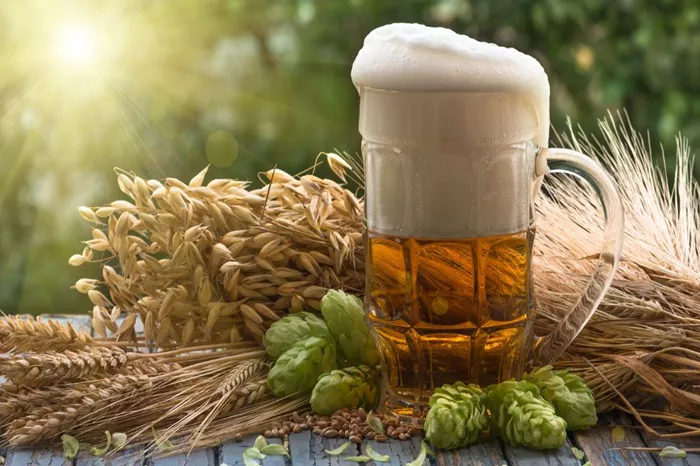Carlsberg Group has bolstered its position in China, continuing to capitalize on the premiumization trend in the nation’s beer market. In 2024, the Danish brewing giant reported a 1.9% year-on-year increase in total revenue, reaching DKK 75.01 billion ($10.37 billion), while its operating profit rose 2.8% to DKK 11.41 billion.
China, Carlsberg’s largest market globally, remains a key driver of the company’s growth despite a 1% decline in overall sales volume. The decline in volume was attributed to unfavorable weather conditions during the summer and efforts to reduce inventory levels. However, Carlsberg executives were optimistic, noting that the inventory adjustments were completed by the end of 2024, positioning the company for a strong start to 2025.
Jacob Aarup-Andersen, CEO of Carlsberg, explained that the Chinese beer market saw a 4% decline in 2024, largely due to weak consumer spending and poor summer weather. Despite this, Aarup-Andersen highlighted signs of recovery in the fourth quarter, aided by easier year-on-year comparisons. “We maintained our positive market share trajectory,” he said, noting an estimated 30 basis point gain in market share.
Although Carlsberg experienced a 3% growth in the first half of 2024, the company faced challenges in the second half due to strong comparables, adverse weather, and destocking efforts. “We believe destocking was completed in December, allowing us to start 2025 with normal stock levels, which has already been reflected in a solid start to the year,” Aarup-Andersen added.
While Carlsberg’s revenue per hectoliter showed slight negative growth due to price stability and an unfavorable distribution mix, the company saw strong performance from its premium offerings, including Carlsberg and Wind Flower Snow Moon, a high-end beer from Yunnan province. However, the super-premium brand 1664 Blanc experienced a decline in demand, while Tuborg saw modest growth.
Looking ahead to 2025, Carlsberg plans to further expand its market share in China and outperform the overall industry growth. “This means continued investment in China,” Aarup-Andersen assured, emphasizing the company’s commitment to strengthening its presence in the country.
Industry experts point to self-pleasing consumption, diversification, and personalization as key factors shaping the future of China’s premium beer segment. Zhao Chunwu, president of CR Beer (Holdings) Co Ltd, noted that consumer preferences, market dynamics, and distribution channels in the premium beer market are evolving rapidly.
One notable shift has been the rise of craft beer, which now represents 8% of the domestic beer market. This growth has led to an influx of new craft and microbreweries catering to niche audiences. According to a recent Yicai report, China now boasts over 10,000 craft breweries, each producing fewer than 100,000 metric tons annually.
The growth of China’s craft beer industry is also reflected in new business registrations. In 2023, 1,838 new craft beer-related enterprises were established, marking a 21% increase compared to the previous year. By November 2024, the number of new registrations had reached 1,618, maintaining the same growth rate.
Despite a general slowdown in the beer industry, industry players remain optimistic about the continued premiumization of the market. Jan Craps, CEO and co-chairman of AB InBev Asia Pacific, pointed out that while premium beer currently represents only 17% of total beer consumption in China, there is significant room for growth. In contrast, premium beer accounts for around 40% of consumption in Western markets, underscoring the potential for expansion in China’s high-end beer segment.
As the demand for premium and craft beers grows, experts anticipate that China’s beer market will continue to evolve, offering promising opportunities for both established and emerging brewers.
You Might Be Interested In:


